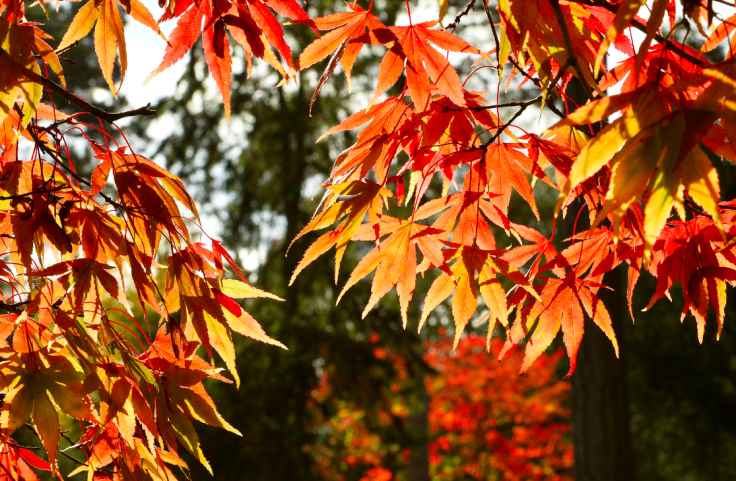When Does Summer 2017 End? The Last Day Before The Fall Equinox

The ceremonial end of summer is here with Labor Day just two days away. People in the United States plan getaways with their friends and family before settling in for the fall.
However, the official end of summer is still a few weeks away. This year, the true last day of summer is on Sept. 23 at 1:32 a.m. EDT, the same day as the fall equinox, which signals the season changeover.
The autumnal equinox — which has roughly an equal amount of nighttime and daytime — marks the official end of summer. An equinox occurs when the plane of Earth's equator passes through the center of the Sun. This event occurs twice per year, the spring equinox in March and the fall equinox in September. In Latin, the word equinox is composed of two words meaning "equal" and "night."
The fall equinox triggers the onset of shorter days in the Northern Hemisphere. The converse is the summer solstice and winter solstice, which occurs when the sun reaches its highest or lowest point relative to the equator.
The solstices — one during summer, another during winter — are the counterparts of the equinox. The summer solstice is the longest day of the year in the northern hemisphere, while the winter is the shortest day. The astronomical autumn will end on Dec. 21 with the winter solstice.
"The equinox is defined as the time of an event. It’s really not when the day and the night are of equal length, although that’s what we think of — it’s really that moment is when the sun is on the equator at local noon," Matthew Holman, an astrophysicist at Harvard University, told National Geographic in 2015.
It's the 1st September and it's cold - hello Autumn! #AutumnIsHere pic.twitter.com/Zob2MrI1Ay
— Gemma 🌿 (@Thatbookishgem) September 1, 2017
According to Mental Floss:
In pagan mythology, the equinox is called Mabon, or Second Harvest. It is a time to give thanks for the summer and to pay tribute to the coming darkness. It is also a time of preparing for Samhain (October 31–November 1), the bigger pagan festival that begins winter. Some Wiccan rituals for Mabon include building an altar with harvest fruits and vegetables, meditating on balance, gathering and feasting on apples, offering apples to the goddess, sharing food, and counting one’s blessings.
The fall is also harvesting time, and so many festivals and traditions celebrate the arrival of autumn, from the Jewish Sukkot to the Chinese Mid-Autumn Festival.
“You expected to be sad in the fall. Part of you died each year when the leaves fell from the trees and their branches were bare against the wind and the cold, wintery light," Ernest Hemingway wrote in "A Moveable Feast."
Nathaniel Hawthorne also said about fall in his book "The American Notebooks": “I cannot endure to waste anything so precious as autumnal sunshine by staying in the house."
© Copyright IBTimes 2025. All rights reserved.





















